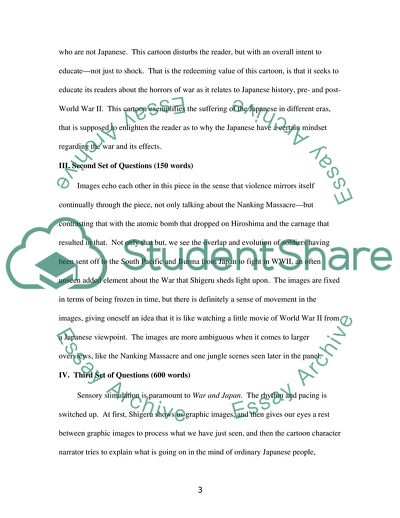Cite this document
(War and Japan - the Image Narrative Research Paper - 1, n.d.)
War and Japan - the Image Narrative Research Paper - 1. https://studentshare.org/visual-arts-film-studies/1749237-the-image-narrative
War and Japan - the Image Narrative Research Paper - 1. https://studentshare.org/visual-arts-film-studies/1749237-the-image-narrative
(War and Japan - the Image Narrative Research Paper - 1)
War and Japan - the Image Narrative Research Paper - 1. https://studentshare.org/visual-arts-film-studies/1749237-the-image-narrative.
War and Japan - the Image Narrative Research Paper - 1. https://studentshare.org/visual-arts-film-studies/1749237-the-image-narrative.
“War and Japan - the Image Narrative Research Paper - 1”. https://studentshare.org/visual-arts-film-studies/1749237-the-image-narrative.


